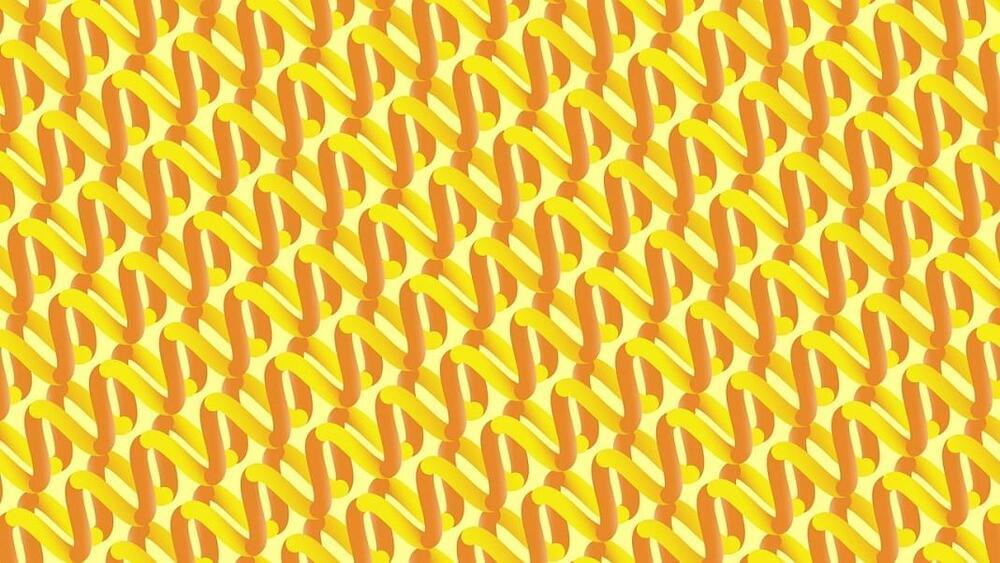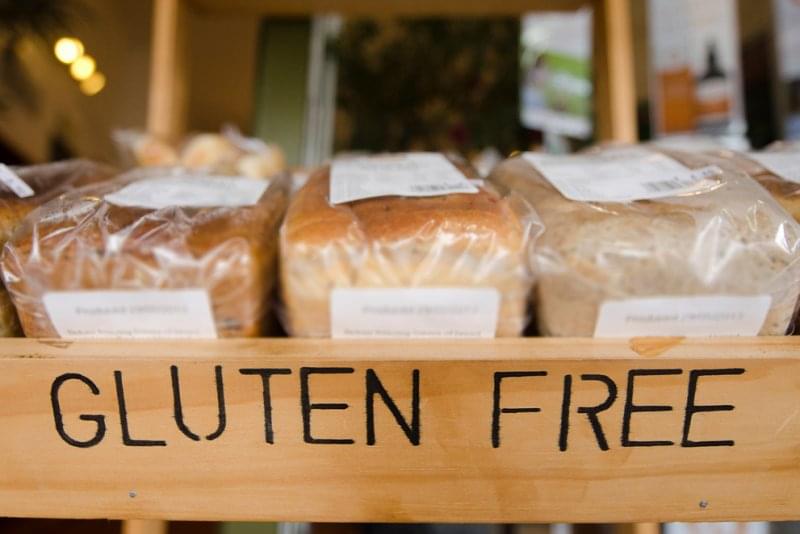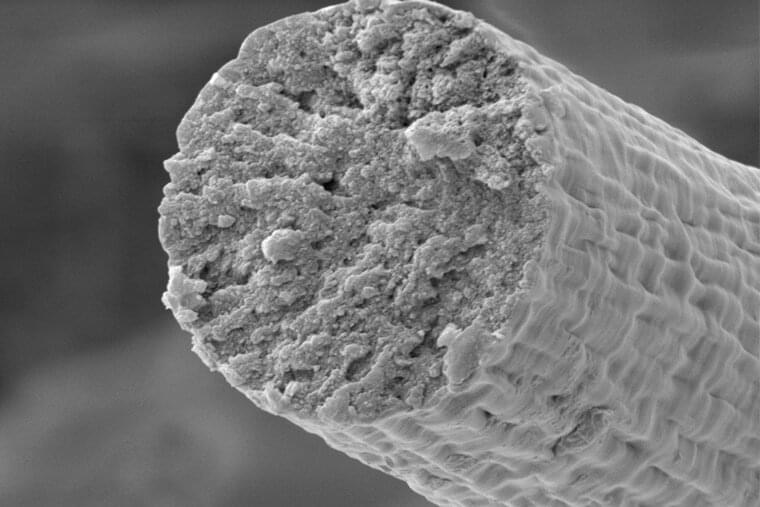I believe the transduction theory has a great deal to offer in our scientific study of the mind–brain relationship. It is, of course, a dualist theory. It provides a framework for understanding the close link between brain states and mental states, yet at the same time, it explains mental states in a way that does not invoke nonsensical materialist metaphysics.
A successful understanding of the mind–brain relationship will necessarily involve understanding the brain as a transduction device in one way or another. Such an understanding could prove enormously fruitful and can help us move beyond the current materialist framework in which neuroscience is practiced, which has has held us so far back in our understanding of the mind and the brain. The brain is obviously material but it is just as obvious that the mind has immaterial abilities.
We accept that the ear is a transducer for sound to hearing and the eye is a transducer for light to vision. It is reasonable to infer that the brain is a transducer for thought to body. Transduction theory is a plausible approach to understanding the connection between the mind and the brain. It should be taken seriously by neuroscientists and philosophers of the mind.








